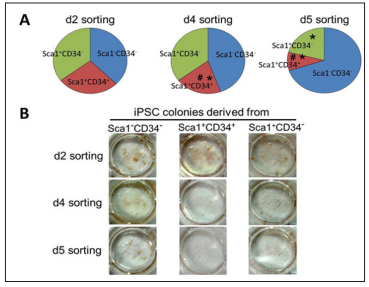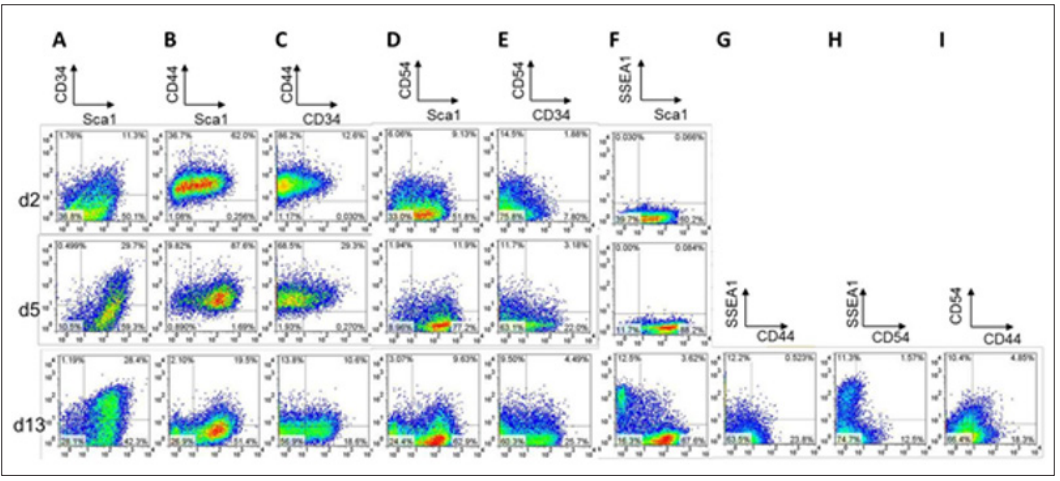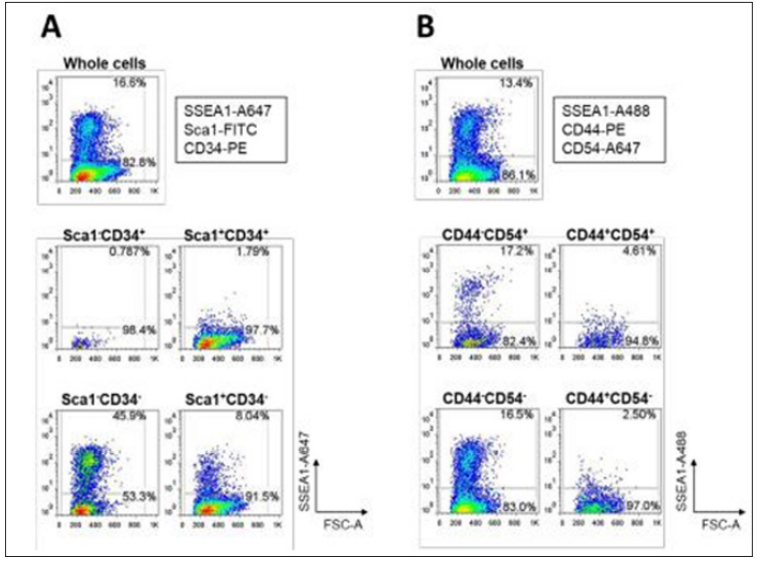Electrical Enhancement of Bone Osteogenesis Using a Totally Implantable DC Battery Disc 1.5V
Introduction
Any mechanical stress applied on bone results in the generation of electrical potentials which exerts some level of effect on bone healing [1-3]. In subsequent studies, the significance of electrically stimulated osteogenesis was evaluated experimentally [4,5] and clinically [6-8]. It has been shown that bone is formed under electronegative potentials and resorbed under electropositive potentials [9]. The objective of this study was to evaluate the effect of an implanted modified disc battery 1.5 V as a direct current electro-stimulator (Cathodic Inductive Coupling) on fracture healing.
Materials and Method
Silver oxide disc batteries 1.5V connected with resistors were used. The driving electrodes were 2 cathodes and one anode of 0.5mm diameter stainless steel wire and discharging a constant direct current of 25μA. The batteries were encapsulated in a silicone case and sterilized by ethylene oxide gas (Figure 1). The right femur of 2 adult anesthetized mongrel dogs was osteotomized in the mid-diaphysis. Each osteotomized femur was subjected to internal fixation by a compression dynamic plate and cortical screws for 8 holes. The wires of the cathodes were then connected to the nearest screws of the bone plate on either sides of the fracture osteotomy site. The wire of the anode and the battery were left under the skin. The left femurs of the same dogs were similarly treated but without batteries as a control. The current could be monitored by a sensitive galvanometer over the operation site. The animals were kept in their boxes and radiography was done at bi-weekly intervals. They were euthanized after 8 weeks for histological studies.
Results and Discussion
In this trial, radiological and histological results indicate the marked osteogenic response in electrically stimulated fractures with implantable disc batteries (Figures 2 & 3). In this trial, using the nearest cortical screws to the fracture line for cathodic stimulation by a such simple, low coasted method initiated an electrical field within the fracture site by inductive coupling. The negativity of the fractured bone might be augmented since the ohmic resistance of the osteosynthesis plate and screws is un remarkable. Inductive coupling was shown to enhance osteoblast differentiation and proliferation by mechanisms involving alteration of growth factors [10], gene expression [11] and trans-membrane signaling [12]. Despite variations in the methods used for electrical enhancement of bone healing, similar positive results have been reported [13-16]. Furthermore, electrical stimulation produces osteogenesis significantly helps union where impaired bone healing exists and can be used in a wide variety of problems: delayed union and nonunion of bones with or without chronic infection and in failed posterior spinal fusion [17,18]. This work opens new doors for more investigation on high number of clinical cases and the duration required to assess the effectiveness of this methods.
Figure 2: Radiograph of electrically stimulated fractured femur after 4 weeks with the battery (blue arrow).
Analysis of 2 Cases of Puncture and Suction of Intrauterine Exudate Guided by Transvaginal B-Ultrasonography during Early Pregnancy-https://biomedres01.blogspot.com/2020/10/analysis-of-2-cases-of-puncture-and.html
More BJSTR Articles : https://biomedres01.blogspot.com





No comments:
Post a Comment
Note: Only a member of this blog may post a comment.